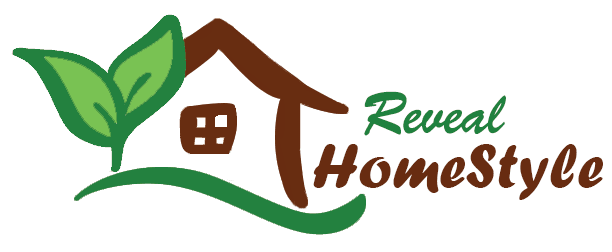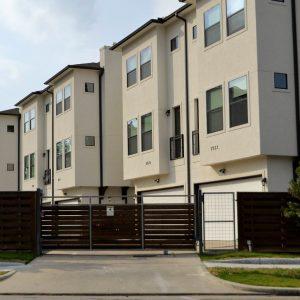The advancement in technology has forced the large-scale evolution of the real estate marketing industry. Where buyers previously had to find printed ads and physically visit each one, they now shop for their new homes from their smartphones, iPads, or computers.
About 85% of potential home buyers consider online photos as vital when considering the purchase of a new home. Sellers can enhance the online appeal of their home through virtual staging software to enhance the chances of the house being on the buyers’ shortlists for viewing.
What is virtual home staging?
Virtual staging real estate enables a seller to transform each room in an empty home into a welcoming and inviting space that buyers want to visit. Vacant homes can often feel cold and sterile, and people battle to envision themselves living in them.
The virtual staging process starts with a photograph of the actual space. Décor is then changed or added to the area using home staging applications to show a prospective buyer what the room could look like and make it more appealing.
The COVID-19 pandemic has forced real estate agents to take a different approach to sell homes, and as a result, the home staging industry is growing quickly.
One success story is the sale of upmarket apartments in Dallas Texas, during the pandemic using virtual staging and tours to guide buyers through the apartments from the safety of their coaches. But is virtual staging worth it, and is it the real deal? To answer this question, here are a few pros and cons to consider regarding virtual staging.
Benefits of virtual staging
Virtual staging allows the seller to present the home or property as it could be. It helps buyers envision the potential and emotionally connect with the spaces. Showing an empty room places too much pressure on a buyer to conceptualize the possibility of a room.
Virtual staging allows the seller to present the property or home in its ideal state, and it costs much less than physically buying and placing items throughout the empty house. It makes the areas feel lived-in while also giving the buyer the chance to imagine themselves living there.
The best part of virtual staging is that it is non-invasive and does not require much effort. The seller does not need to enter the space and physically move bulky items in, around, and out.
Virtual staging is done digitally, and you can adjust the items to suit the rooms. A seller can also add decorations, furniture, paintings, and art, as well as declutter or remove objects to create an impactful space. An individual or a team of professionals who study graphic design and practice the same should be approached.
The speed at which you can virtually stage a home is another advantage. To physically stage a premise can take a full day or more to complete; however, virtual staging can be done by a team in just a few hours.
Virtual staging offers flexibility in the use of spaces. For example, you can transform a nursery into a spare study, a closet into a craft nook, or open up the cramped living room.
If the seller is still living in the home, virtual staging can help remove personal items from the space. The sky’s the limit with the creative ways you can use virtual staging to make your property as attractive as possible. You can use a vast portfolio of constantly updated furnishing options to match fashion trends. Similarly, you can change the color of cupboards and countertops, which is useful for more eclectic homes that can be difficult to stage physically.
Disadvantages of virtual home staging
Buyers can see virtual staging as misleading, and they can be disappointed if they were not aware that the images are virtually staged. Real estate agents should bring the virtually staged pictures into the empty rooms to show the potential of the space.
Also, virtual staging can look artificial if it’s not done correctly, making the rooms look unrealistic, which puts buyers off. Virtual staging has to be done professionally, or it can do more harm than good.
Pictures with oddly oriented, disproportionate, or unrealistic furnishings encourage buyers to skip past them quickly.
You also need to make sure that the virtual staging is done by a graphic editor who lives in the same country as the home. You want to make sure the person staging the space knows the local market tastes. It would be best if they are an interior designer. Otherwise, this could have off-putting consequences for buyers.
Final thoughts
Virtual home staging does have its uses and works best with empty rooms or homes to be built. If you go down this path, make sure you use professional graphic designers to achieve the desired results. Virtual home staging is helpful if you have a limited staging budget or the property is of a lower value. Most property styling services are also not accessible if the property is remote, making virtual staging a good option.





